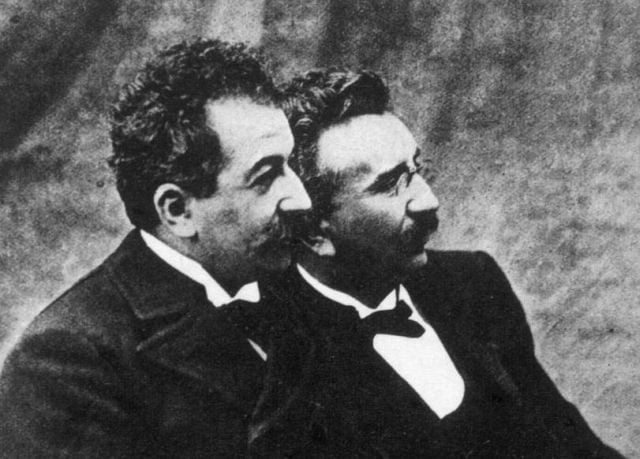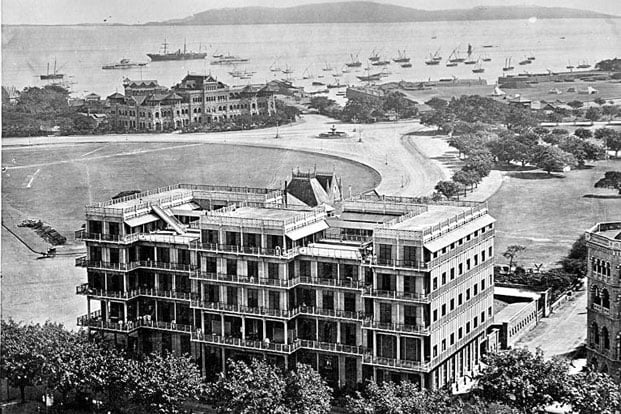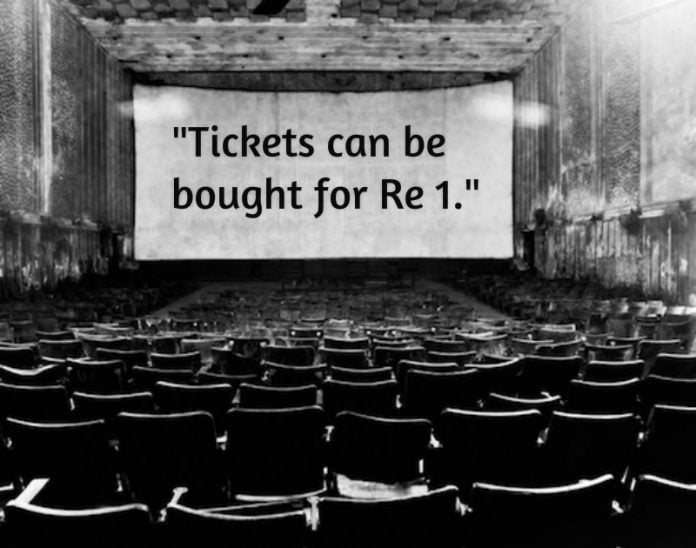Back in Time is ED’s newspaper-like column that reports an incident from the past as though it has happened just yesterday. It allows the reader to re-live it several years later, on the date it had occurred.
7th July, 1896: A year ago, two brothers – Auguste Marie Louis Nicolas Lumière and Louis Jean Lumière captivated France with their live moving pictures on screen, redefining the experience of watching moving pictures on a single screen.

After their unparalleled success and genius, the brothers have decided to bring their “magic of the reel” to India. This marks an important time in the history of the country which has mostly been far divorced from any modernity.
The Lumière brothers deployed French chemist-turned-camera-operator, Marius Sestier, as the man to plant the idea of introducing the motion picture to the British colony – a venture which gained success.
The first screening of their movies will be held at the Watson Hotel, Bombay. Tickets can be bought for Re 1, which is costly for a non-elite Indian to avail the luxury.

There are 4 shows in the evening at 6 PM, 7 PM, 9 PM and 10 PM respectively. Films to be screened are Entry Of Cinematographe, Arrival Of A Train, The Sea Bath, A Demolition, Leaving The Factory, and Ladies And Soldiers On Wheels. These movies have enjoyed tremendous success in their native country, France, and have travelled all the way to India.
It is being speculated that the hotel will host a European-only population, but looking at the demography of South Bombay, it is very plausible that a number of wealthy Indians will attend the screening too.
The day marks an important event in the lives of many wealthy Indians as they get to see live projections on the screen for the very first time. Even though many Indians are aware that cinema is still a distant dream, yet the enthusiasm around motion pictures is strangely overwhelming.
Can we assume that this enthusiasm will provide fuel to a range of indigenous cinematographers? Further, can we expect that the same enthusiasm will continue till the time cinema is present within the periphery of this land?
If the commendable support of the audience does not decrease, India can soon be a home to its very own film industry. The future seems achievable.
Still, one does not know if, in the future, the prices of the tickets will ever plunge. Will the cinema remain confined to the elite upper stratum of the society? Can Indians dream of a time when cinema is accessible to Indians?
State of Indian cinema today: Indian cinema is a huge umbrella term now because it encompasses all the regional film industries too. Indians are the largest consumers of movies, and it is one of the countries for the cheapest tickets for any movie-going audience.Indian cinema has made a giant leap towards its advancement, and here we are today – a rich, diverse cinema which is a melting pot for constant experimentations.
Indian cinema has made a giant leap towards its advancement, and here we are today – a rich, diverse cinema which is a melting pot for constant experimentations.
Image Credits: Google Images
Other Recommendations:
http://edtimes.in/2016/12/back-in-time-to-2004-indian-ocean-tsunami-catastrophic-waves-that-killed-280000-people/






























